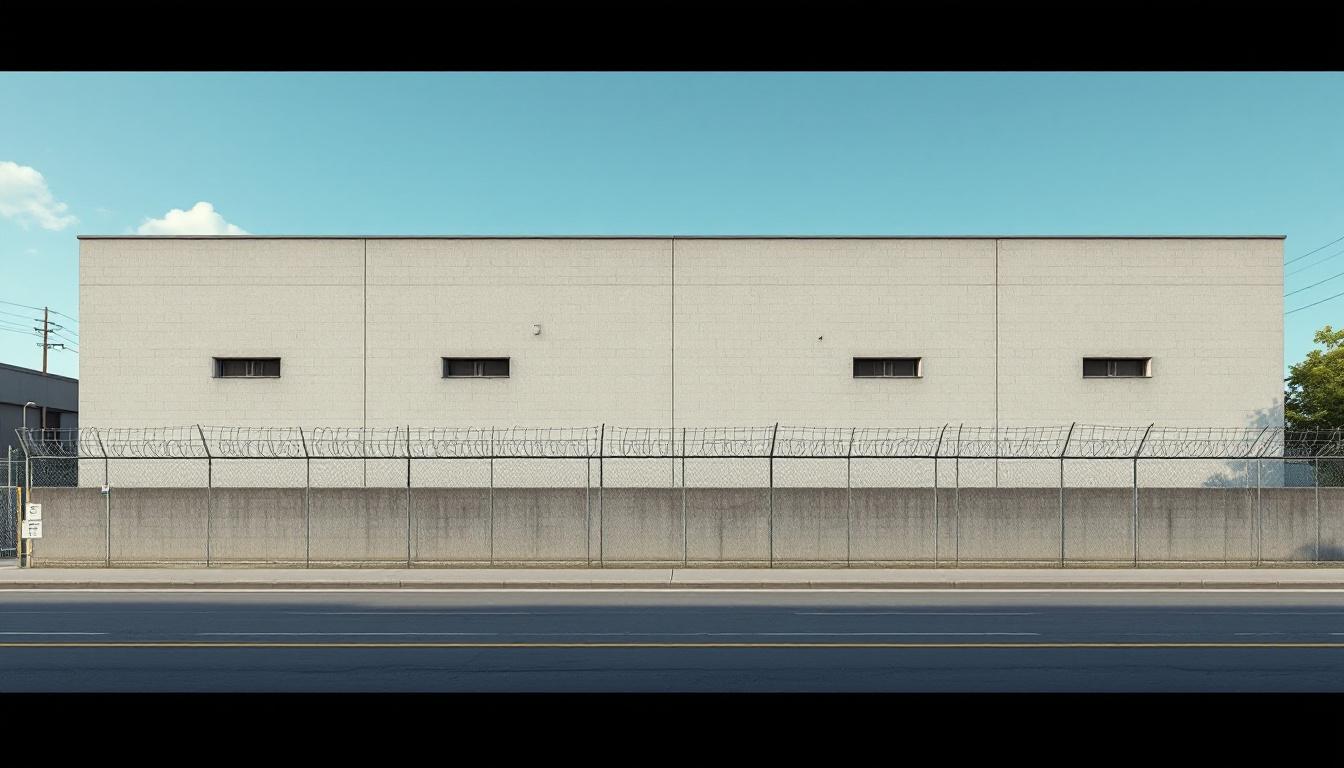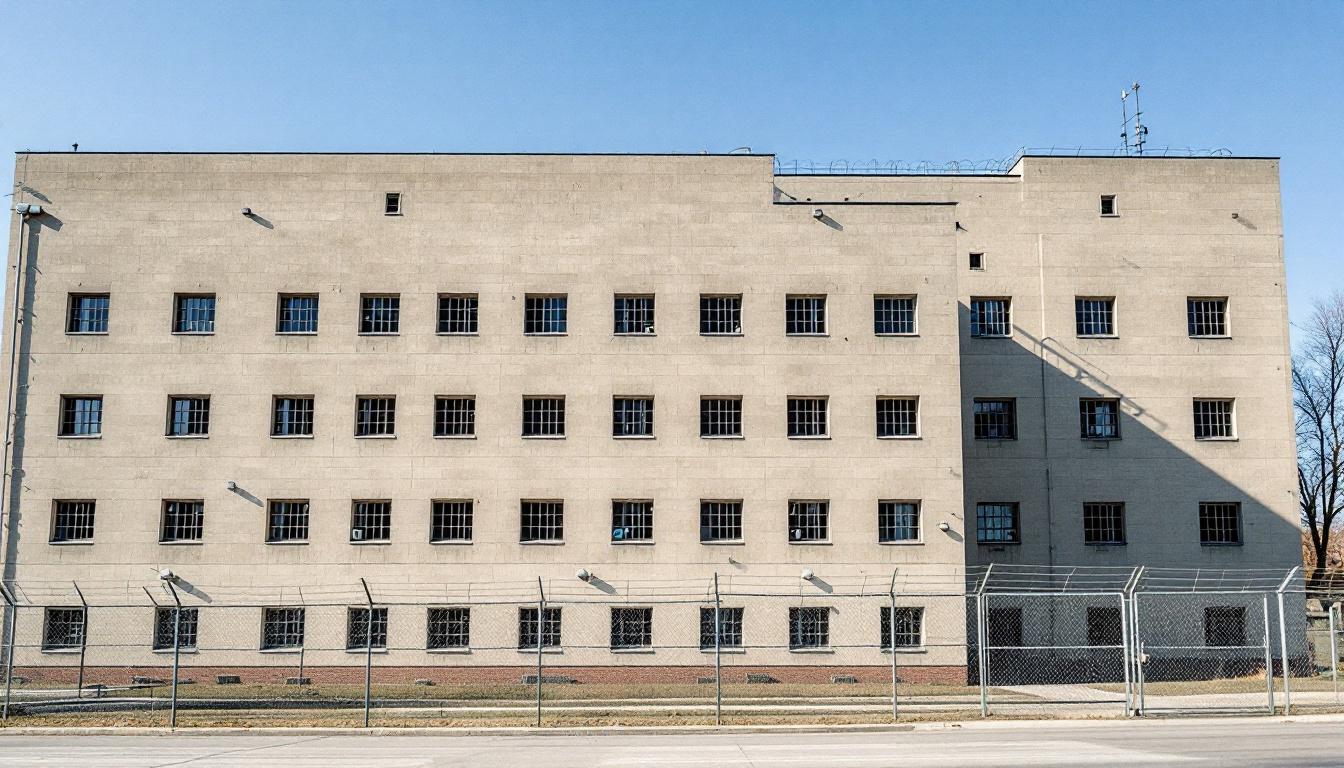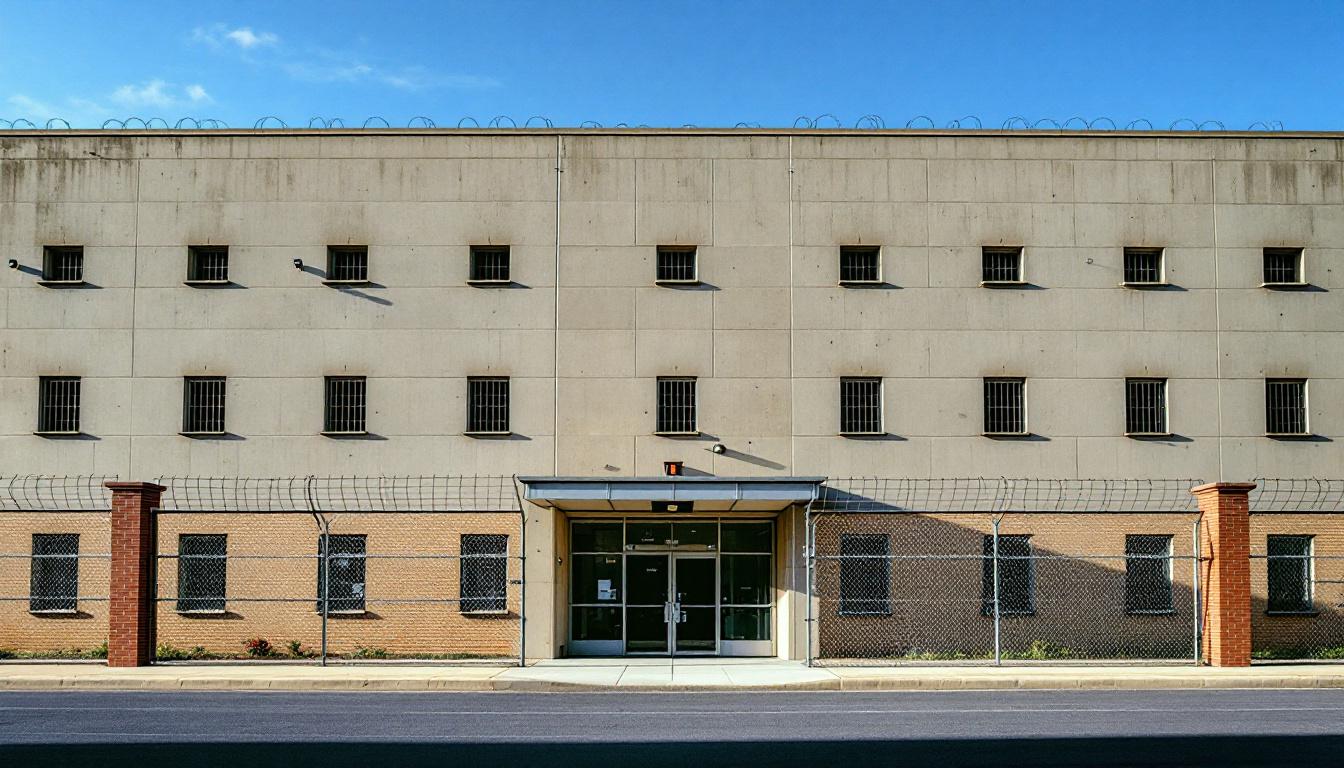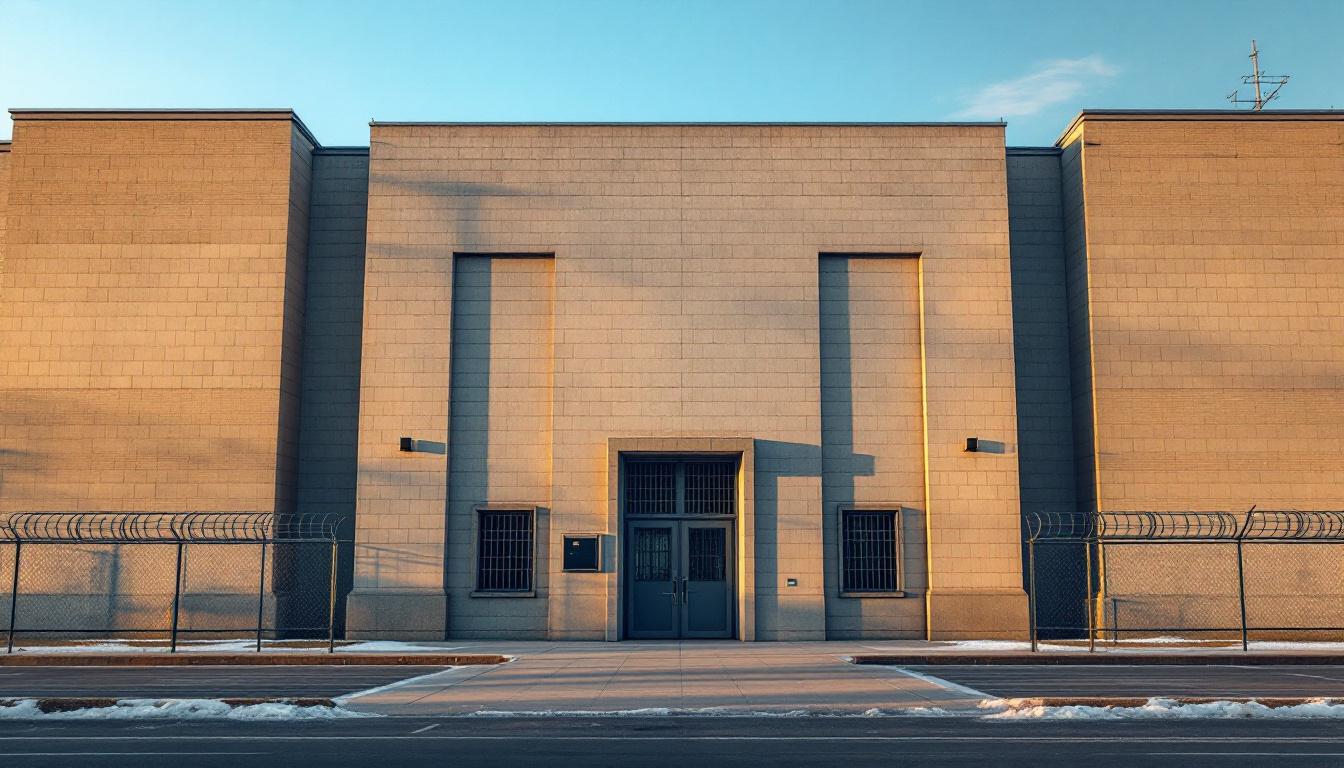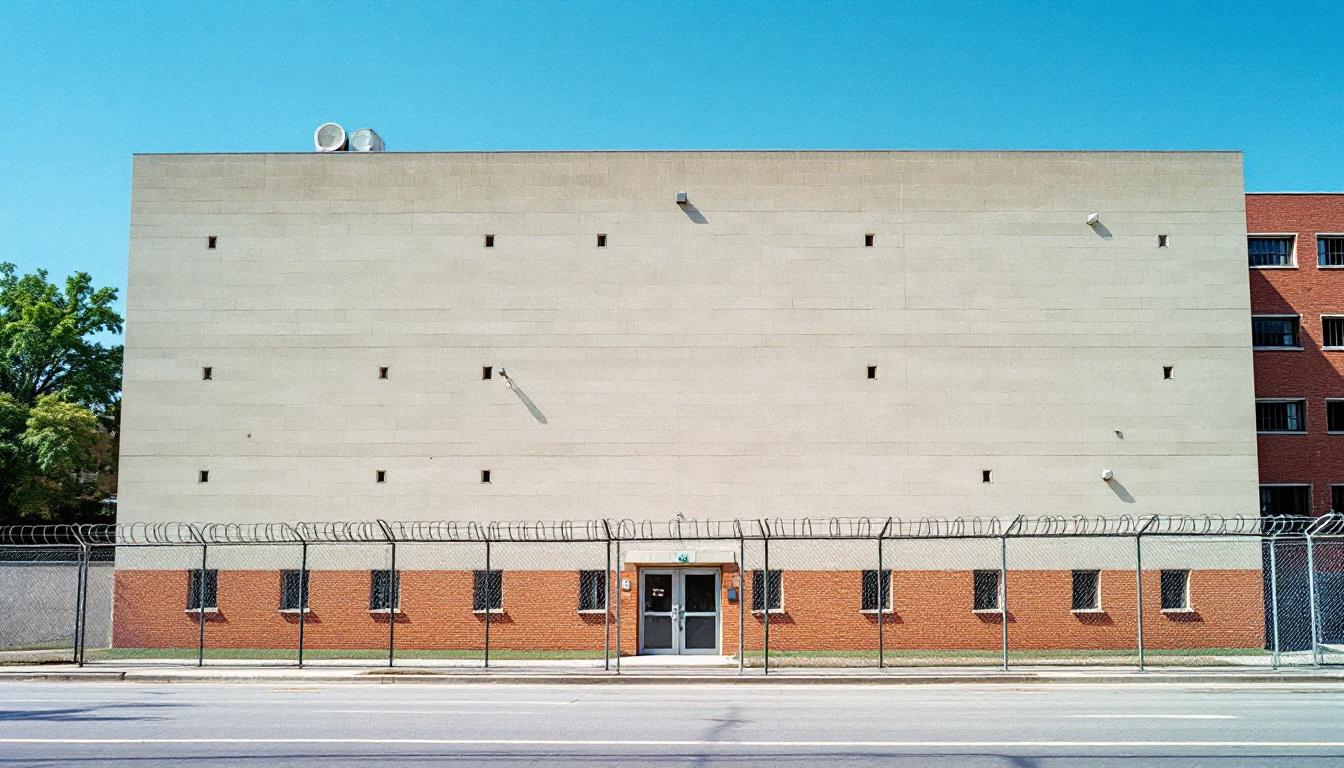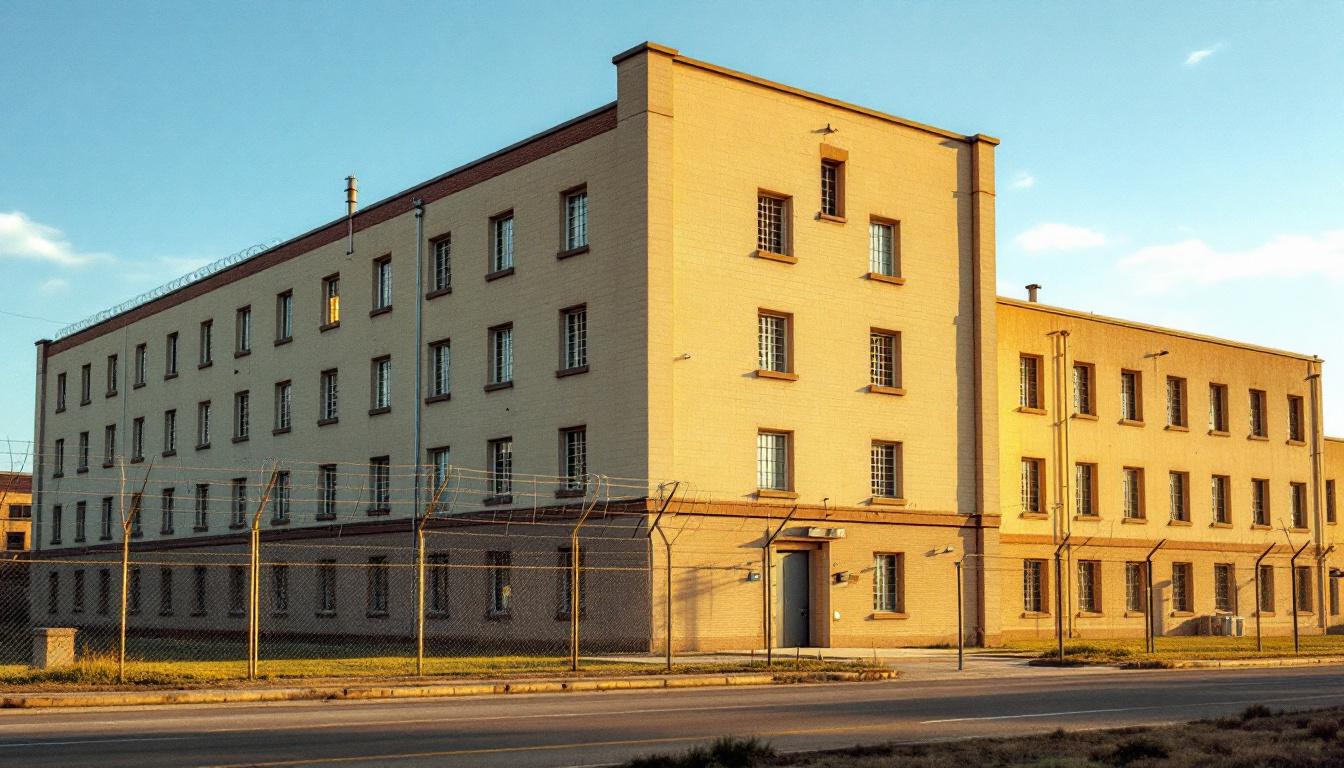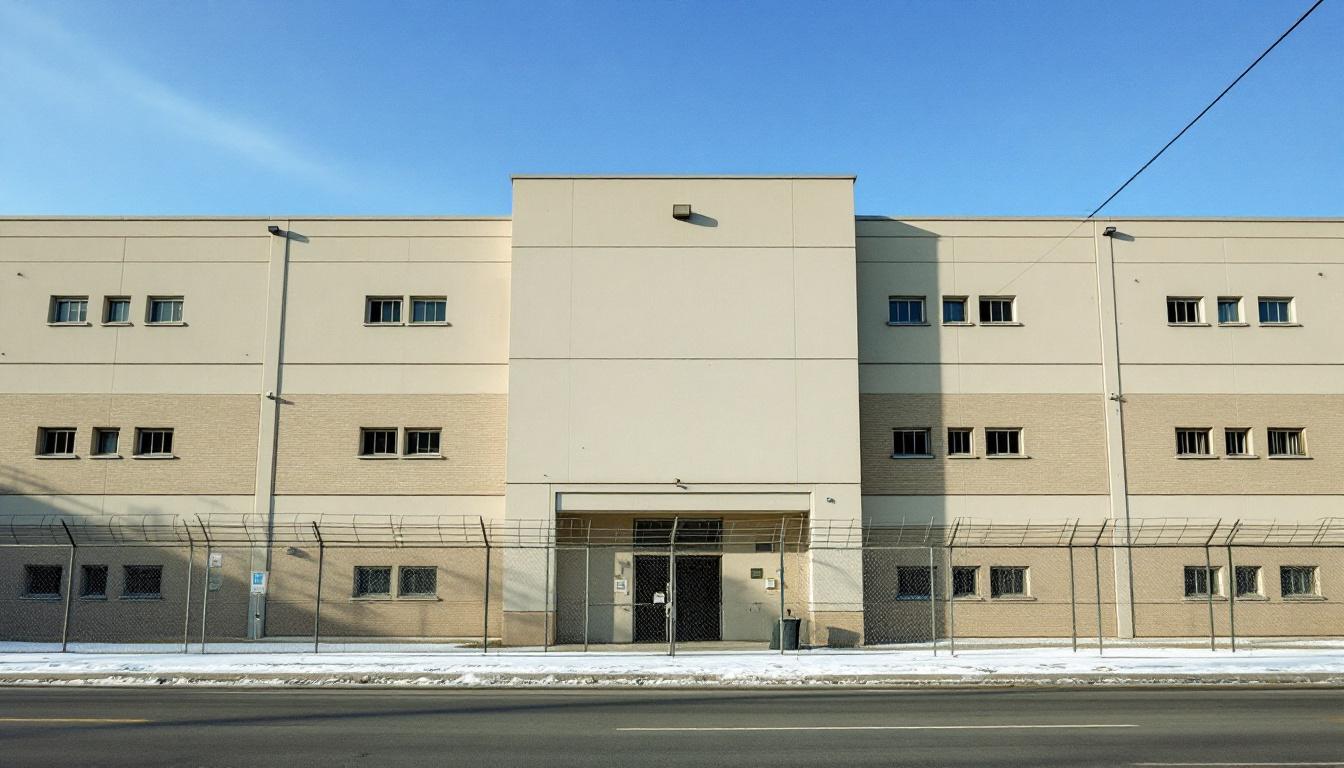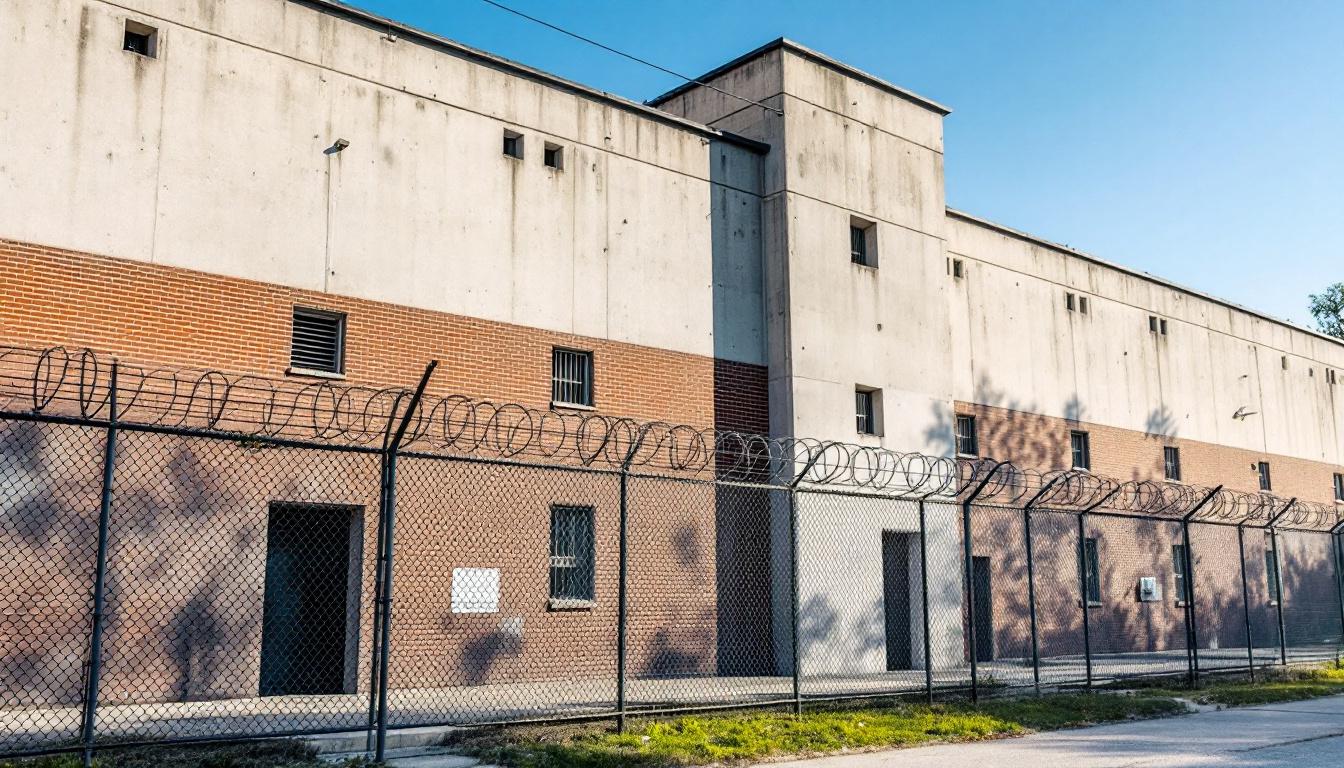
Quick Navigation
How to contact an inmate at Manhattan Detention Complex
This comprehensive guide will walk you through how to connect with an inmate at Manhattan Detention Complex. Follow the steps below to find an inmate and send letters and photos:
- Search for the inmate using our search tool below
- Create your account or log in to Penmate
- Write your message (up to 6,000 characters)
- Send instantly - inmates receive printed copies daily
Find an Inmate
Search for an inmate to start communicating today
Tip: You can search by first name, last name, or inmate ID number
To contact a person at Manhattan Detention Complex start by searching for the person on the official facility website. Perform a search by following these steps:
- Step 1: Enter their first name and last name into the search form and click "Search"
- Step 2: Locate their inmate record
- Step 3: Write down their Inmate ID and any housing information provided
Important! Be sure to enter the person's full name. Nicknames should not be used.
How to Send Messages to Inmates

You can use your phone or computer to send emails, letters, and photos to an inmate. Messages are sent electronically to inmate tablets or kiosks at the facility. If you would like to send a message, start by searching for an inmate at Manhattan Detention Complex.
Sending Photos and Postcards

A great way to send love and support to a loved one at Manhattan Detention Complex is to send photos and postcards. It only takes a few minutes to send photos from your phone and it makes a huge difference. You can also mail postcards with words of support and inspiration, or design your own postcard for special moments like birthdays and holidays.
Important! Be sure not to send any explicit photos or they may not be approved by the facility. You can also use a photo printing app like Penmate to make sure your photos are printed at the correct size (4x6 or 3x5) and are mailed according to the rules and regulations of Manhattan Detention Complex.
Frequently asked questions about Manhattan Detention Complex
-
How long does it take to deliver a message?
If you're sending an email message your letter is usually delivered within 24-48 hours. For messages sent via mail you should expect delivery within 3-7 days. All messages will need be approved by Manhattan Detention Complex.
-
How much does it cost to send a message to Manhattan Detention Complex?
You can send a message free using your phone or mail a message via USPS for the price of a $0.60 stamp and envelope. You can also purchase credits or e-stamps from services starting at $1.99.
-
What services can I use to contact an inmate at Manhattan Detention Complex?
Penmate
You can use Penmate to send letters and photos to an inmate from your phone. It's an easy way to stay in touch during your loved one's incarceration. Use the inmate locator to find an inmate's location and contact information, then you can send messages within a few minutes.
Securus messaging
Securus may be another option for communicating with an inmate at Manhattan Detention Complex. You can create a friends and family account and purchase credits to send messages. All messages will be reviewed and must be approved by the facility.
JPay
Some county jails and state prisons may support sending messages with JPay. You must register an account with the system, find your loved one, and purchase stamps to send messages. For some locations you can also attach photos.
Smart Jail Mail
You may also check if Smart Jail Mail is available at Manhattan Detention Complex. Smart Jail Mail is operated by Smart Communications and has contracted with some state and county jails. After purchasing credits, your messages and photos are sent to the facility, printed out, and then handed out to your loved one.
-
What is the mailing address of Manhattan Detention Complex?
Mailing address:
Manhattan Detention Complex
125 White St
New York, NY 10013
Phone: (212) 225-1341Business hours:
- Monday: Open 24 hours
- Tuesday: Open 24 hours
- Wednesday: Open 24 hours
- Thursday: Open 24 hours
- Friday: Open 24 hours
- Saturday: Open 24 hours
- Sunday: Open 24 hours
-
What are the visiting hours at Manhattan Detention Complex?
Visiting hours at Manhattan Detention Complex vary by housing unit and security level. Generally, visits are scheduled on weekends and holidays, with some facilities offering weekday visits. Contact the facility directly at (212) 225-1341 or check their website for the current visiting schedule. Visits typically last 30-60 minutes and must be scheduled in advance.
-
What items are prohibited when sending mail to Manhattan Detention Complex?
Prohibited items typically include: cash, personal checks, stamps, stickers, glitter, glue, tape, staples, paperclips, polaroid photos, musical or blank greeting cards, hardcover books, magazines with staples, and any items containing metal or electronics. Only send letters on plain white paper with blue or black ink. Photos must be printed on regular photo paper (no Polaroids). Always check with Manhattan Detention Complex for their specific mail policies.
-
How do I send money to an inmate at Manhattan Detention Complex?
You can send money to an inmate at Manhattan Detention Complex through several methods: 1) Online using JPay, Access Corrections, or the facility's approved vendor, 2) Money orders mailed directly to the facility with the inmate's name and ID number, 3) Kiosks located in the facility lobby, or 4) Over the phone using a credit or debit card. Fees vary by method, typically ranging from $2.95 to $11.95 per transaction.
-
Can I schedule a video visit with an inmate at Manhattan Detention Complex?
Many facilities now offer video visitation as an alternative to in-person visits. At Manhattan Detention Complex, video visits may be available through services like Penmate, Securus Video Connect, GTL, or ICSolutions. Video visits typically cost $10-20 for 20-30 minutes and must be scheduled in advance. You'll need a computer or smartphone with a camera and reliable internet connection. Contact the facility for their specific video visitation policies and approved vendors.
-
What identification do I need to visit an inmate at Manhattan Detention Complex?
All visitors must present valid government-issued photo identification such as a driver's license, state ID, passport, or military ID. Minors must be accompanied by a parent or legal guardian who can provide the minor's birth certificate. Some facilities require visitors to be on the inmate's approved visitation list, which may require a background check. Contact Manhattan Detention Complex for specific ID requirements and visitor approval procedures.
-
How can I find out an inmate's release date?
To find an inmate's release date at Manhattan Detention Complex, you can: 1) Use the online inmate search tool if available, 2) Call the facility's records department, 3) Contact the inmate's case manager or counselor, or 4) Have the inmate provide this information during a call or visit. For privacy reasons, some facilities only release this information to immediate family members.
Facility Overview
Contact Information
Manhattan Detention Complex125 White St
New York, NY 10013
Phone: (212) 225-1341
Official Website

About Manhattan Detention Complex
Serving Brooklyn's diverse communities while maintaining strong connections to New York's broader correctional framework, the MDC / Manhattan Detention Complex operates as a vital component in the state's detention system. This NY correctional facility typically focuses on providing essential services that bridge the gap between detention and eventual community reintegration, recognizing that most individuals will return to Brooklyn neighborhoods and surrounding areas. The facility generally emphasizes accessible programming that may include educational opportunities, substance abuse counseling, and mental health support services designed to address the underlying factors that often contribute to justice system involvement.
Within Brooklyn's complex urban landscape, inmates services at the detention center typically encompass basic healthcare, legal assistance coordination, and family communication support that helps maintain crucial community ties during detention periods. The facility often works to align its operations with New York State's correctional goals of public safety while preparing individuals for successful reentry into their home communities. Rehabilitation programming may include vocational training opportunities, literacy education, and counseling services that address both immediate needs and longer-term stability concerns.
Through its integration with state correctional goals, the detention center generally serves as more than a holding facility, functioning as a bridge between the justice system and community resources throughout the mid-Atlantic region. Staff typically coordinate with local organizations, though specific partnerships may vary, to ensure that individuals have access to continuing support services upon release. This community-focused approach recognizes that successful reintegration often depends on maintaining connections to family, employment opportunities, and social services within Brooklyn and the greater New York metropolitan area.
Programs & Services
Personal growth and skill development form the foundation of rehabilitation services at the Manhattan Detention Complex. The facility typically emphasizes helping inmates build practical abilities and address underlying challenges that may have contributed to their incarceration. This approach recognizes that meaningful change often requires both educational advancement and therapeutic support to create lasting transformation.
Educational services may provide inmates with opportunities to advance their academic skills through literacy programs and general education coursework. These services often help participants work toward high school equivalency credentials or improve basic reading and writing abilities. Also, vocational training in areas such as welding typically offers inmates the chance to develop marketable job skills that can support their reintegration into the community upon release.
Mental health support services may include cognitive behavioral therapy sessions designed to help inmates develop healthier thinking patterns and coping strategies. Also, therapeutic programs often address substance abuse issues and other behavioral challenges through structured group and individual sessions. The facility may also provide agriculture programs that allow inmates to learn sustainable farming techniques while contributing to food production, combining practical skill development with meaningful work experience.
Daily Life & Visitation

The housing units at Manhattan Detention Complex feature dormitory-style living arrangements where inmates navigate a highly structured environment. Inmates now follow regimented daily schedules that typically begin with early morning counts and meal service. Security protocols regularly punctuate each day, with multiple headcounts and movement restrictions between different areas of the facility.
Living accommodations generally consist of shared sleeping quarters with basic furnishings including beds, lockers, and common areas. Inmates typically adapt by establishing personal routines within the confined space and learning to coexist respectfully with their housing unit neighbors. Meals are usually served in designated dining areas at scheduled times, with inmates often developing strategies to make the most of commissary purchases to supplement their diet. Also, personal property is generally limited to approved items that can be stored in assigned locker space.
The facility typically provides structured programming schedules that may include educational classes, vocational training, and substance abuse counseling. Recreation opportunities usually involve scheduled time in exercise areas or outdoor yards when available. However, inmates often find that maintaining family connections through visitation and phone calls becomes a crucial part of adapting to daily life. Work assignments within the facility may include kitchen duties, maintenance tasks, or administrative support roles that provide structure and sometimes modest compensation. These activities generally help inmates establish purpose and routine while serving their sentences.
Ready to Connect?
Start communicating with your loved one today
Search for an Inmate
